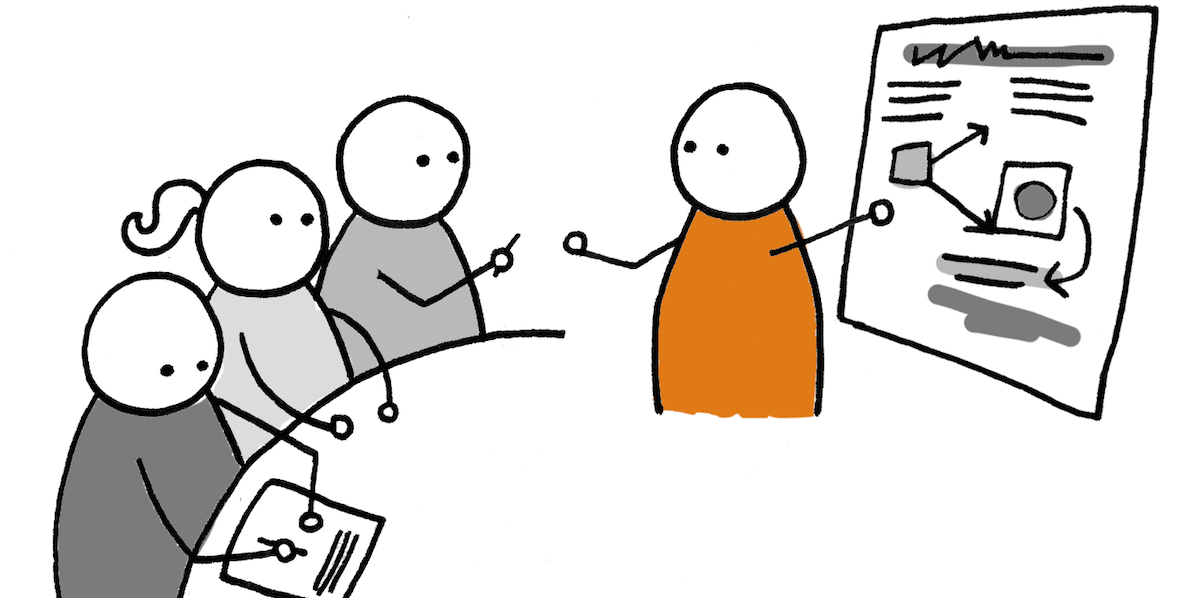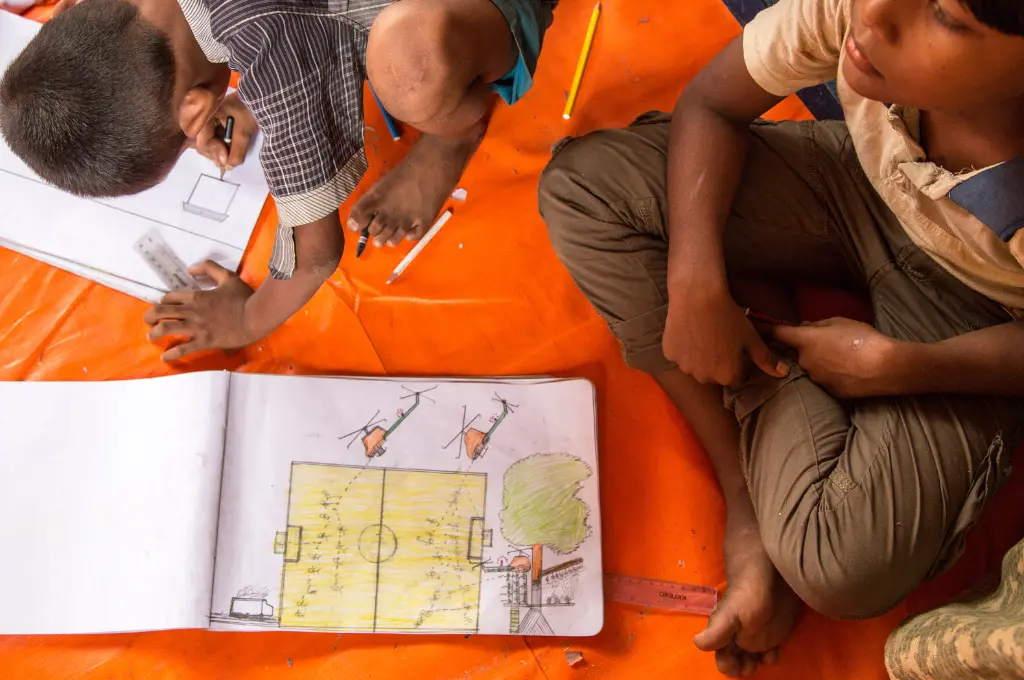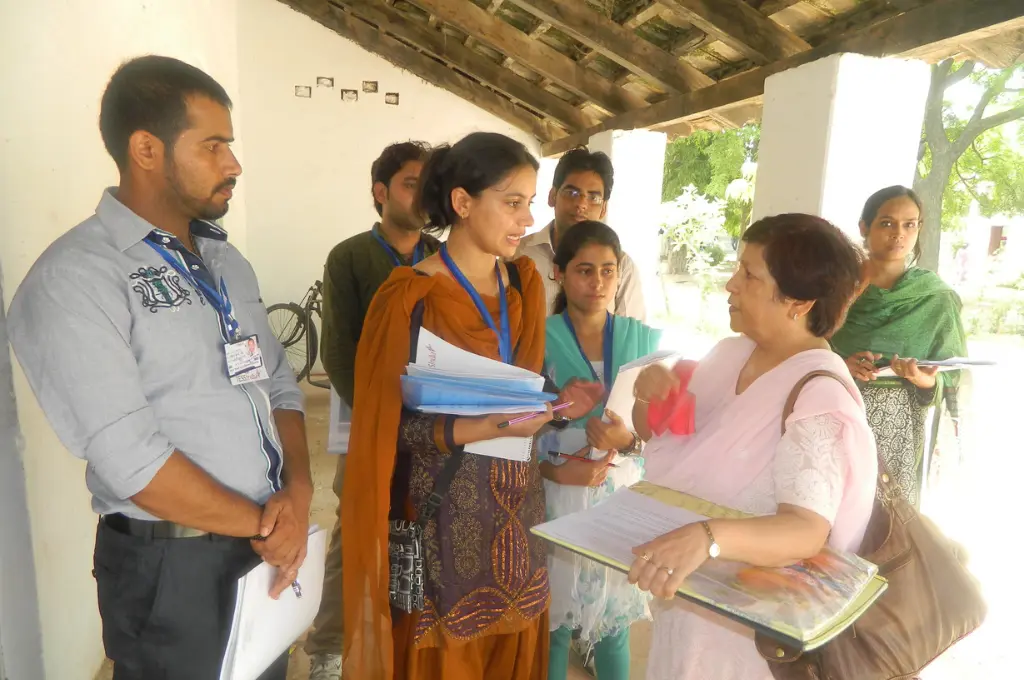Service delivery organisations today are struggling with the issue of reaching scale.
I see many organisations walk the path we have at Ummeed. They begin with service delivery in an area where there is an urgent need (such as childhood disaibilty or gender based violence). Then, staggered by the magnitude of the need, they move quickly to training others as a pathway to scale.
The shift from being a service delivery organisation to becoming a capacity building or training one seems logical. While it is certainly a transition worth exploring as a pathway to scaling your impact, it helps to be mindful of some of the possible challenges.
Demand for service delivery does not imply demand for training
The Bridgespan Group and others have highlighted how nonprofits often make the mistake of assuming that need for their services equals demand. Taking that a step further, demand for service delivery does not always mean that there is a market for training to deliver similar services. Nonprofits, at times smug in their assumption that they are designing an excellent training programme for their audience, are sometimes bewildered by the lack of takers.
At Ummeed we began with providing specialised care for children with developmental disabilities, we then started training programmes for a range of professionals—from community health workers to teachers and doctors. This was seven years after we had established credibiity as service providers.
Despite investing heavily in designing our initial trainings, a couple of years down the road the clamour for training was only from the group that felt the need most urgently–parents of children with disability. While we continue to build our parent training programmes, our training centre now also invests more in scoping, needs assessment and communication to build the market in other audiences.

This image is licensed under CC 2.0 by SA Generic
Good service providers don’t always make good trainers
Organisations often fail to recognise that training requires a whole different set of skills from service delivery. The uniqueness of service providers-turned-trainers is that they bring with them the practical wisdom of working in the field. Yet, transferring this knowledege and skill to others requires a different skill set altogether.
[quote]Organisations often fail to recognise that training requires a whole different set of skills from service delivery.[/quote]
For instance, in our organisation, therapists who had worked with young children had to learn the principles of adult learning in order to teach their parents, teachers and health care providers. While it was tempting to bring in a breed of trainers who were skilled in training but not in practice, their lack of experience in service delivery was quickly picked up by trainees and was reflected in their feedback.
‘Scaling down’ content to scale up numbers
When an organisation runs a complex intervention, the challenge is in breaking it down into the minimum critical components that need to be taught so as to achieve maximum impact. Supporting a child’s development is not cataract surgery. It is hard to narrow down and distinguish which pieces are critical and which are nice to have but not essential. When the impact of the intervention is evident only after years, it is even harder to tweak the content of the training based on what works.
Combining these tasks—delivering services, identifying critical elements to pass on, and then teaching these to different audiences—is complex. It demands a high level of skill in abstraction, planning and multitasking. This in turn drives up salaries, internal capacity building and programme costs.
Related article: Lessons in leadership building
How do we know it’s working?
How closely does your trainee stick to the intervention you have taught her? Fidelity to the intervention being taught is essential to it’s success. The training organisation needs to track whether the trainees and their organisations implement interventions in the way they have been taught. In addition, the organisation needs to clearly outline ways to measure outcomes of their training.
There are models for evaluating the effectiveness of training, such as the Kirkpatrick model, which looks at different levels of assessing training success—from trainee reactions to defining leading indicators for final desired outcomes.
The challenge is the time and money required to measure the last level of impact as well as the time it takes to achieve that impact. Until that donor comes along who is willing to fund impact assessment (and it’s not going to look good if your results are negative), organisations have no way to measure the effectiveness of their training.
The journey from being a service delivery organisation to becoming a center of influence through training and capacity building is not all smooth sailing. Yet it has been done; NIH has successfully scaled some of its interventions by training others to offer their programme. Preparing and planning for the transition will make the ride smoother for the nonprofits that choose this path.





